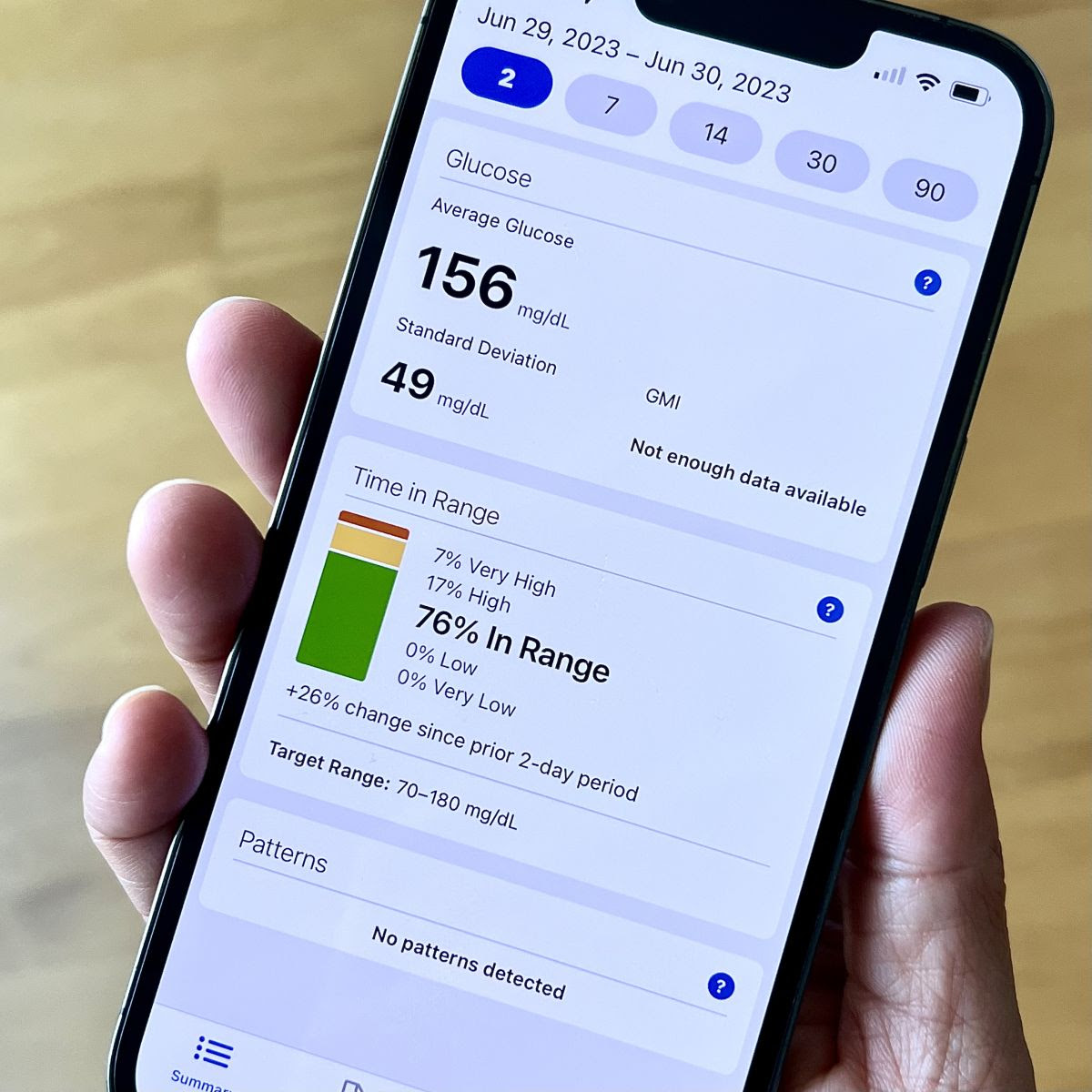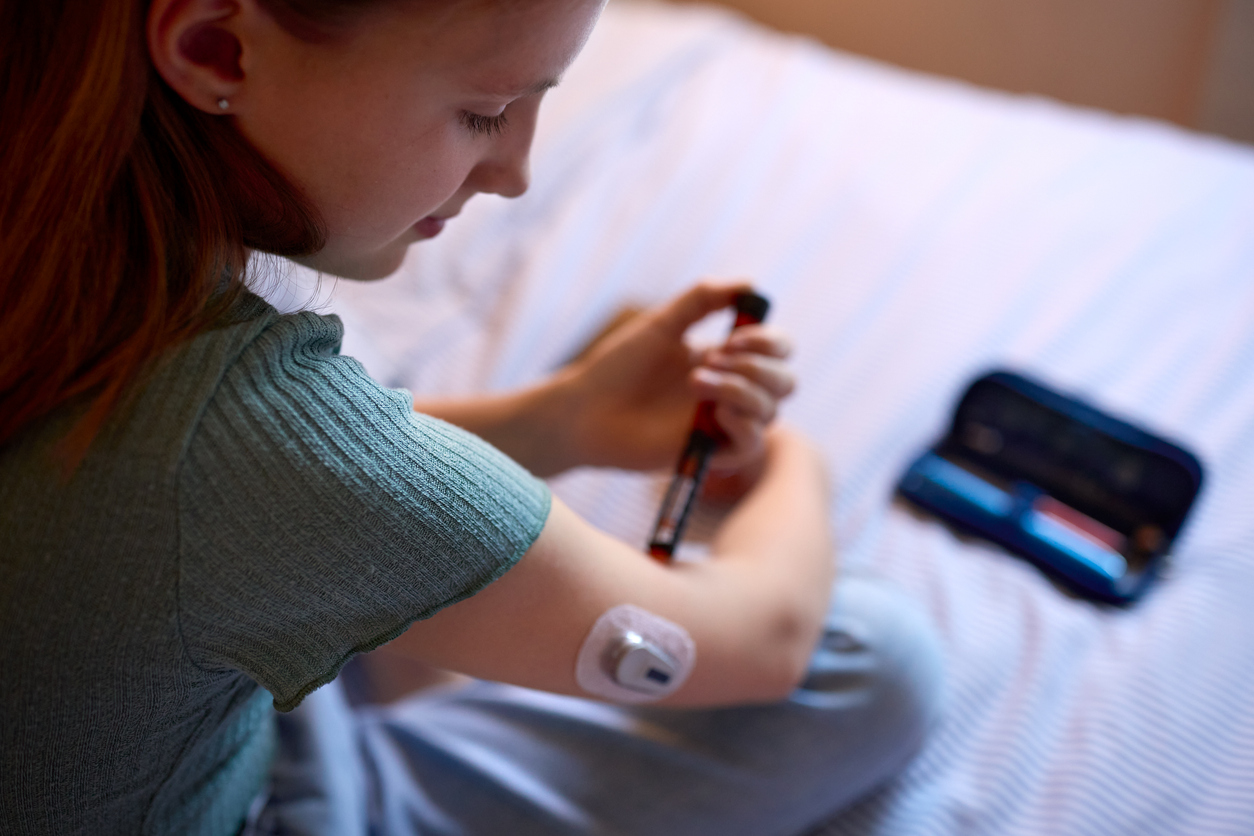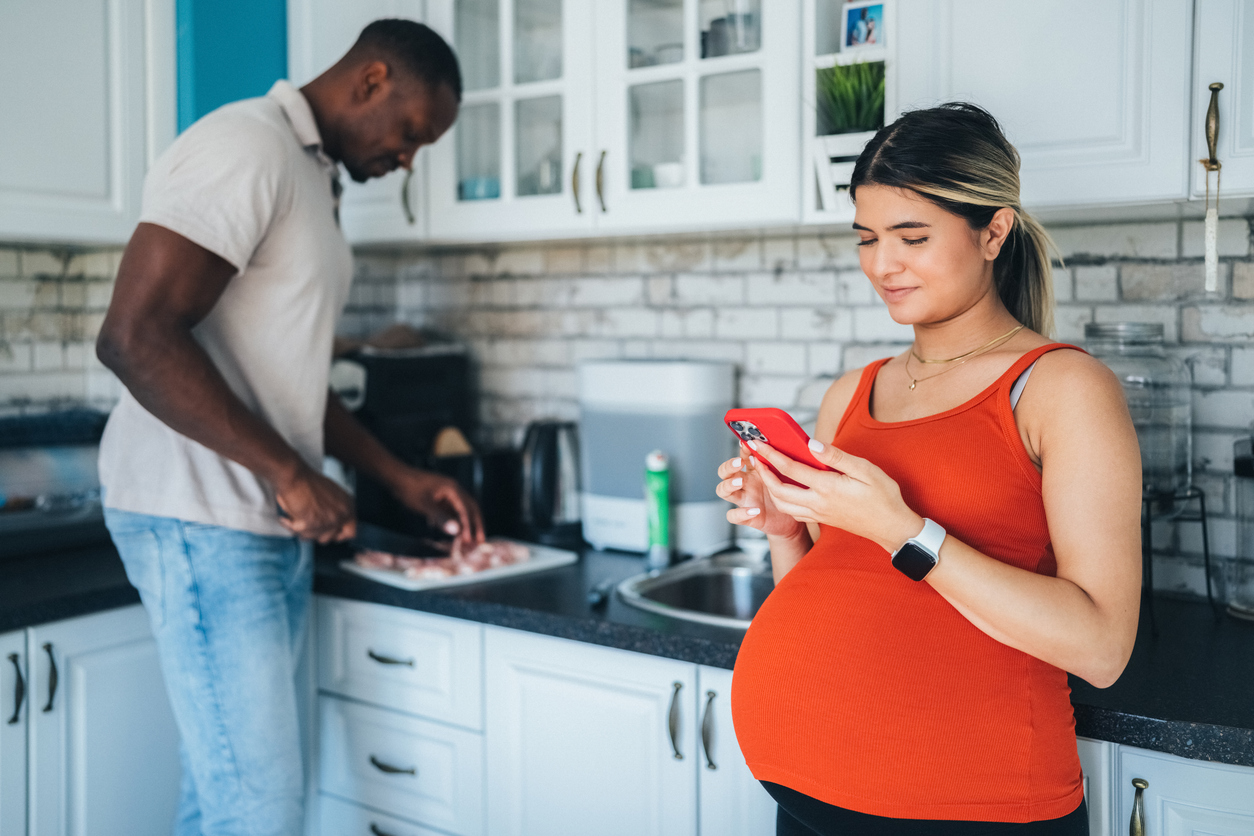Is It Time for Time in Tight Range?
By April Hopcroft
 At a recent ATTD event, diabetes experts discussed the potential benefits of time in tight range, calling for personalized care and education to help achieve tighter blood glucose control.
At a recent ATTD event, diabetes experts discussed the potential benefits of time in tight range, calling for personalized care and education to help achieve tighter blood glucose control.
The field of diabetes care is always changing, from the devices and medications used to manage blood sugar to the metrics used to assess glycemic control. In the past decade, many healthcare providers have embraced time in range as a new way to evaluate glycemic control – in addition to the widely used A1C.
Inventions and discoveries like automated insulin delivery (AID), continuous glucose monitoring (CGM), and GLP-1 receptor agonists enable people with diabetes to manage glucose levels with greater precision. These advances in diabetes care are leading experts to consider a new metric for glycemic control: time in tight range.
Time in tight range is defined as glucose levels between 70-140 mg/dL. This metric was developed based on the recognition that high glucose levels over time may be harmful to different body systems, so minimizing time spent in hyperglycemia should be the goal of diabetes care.
While newer technologies and medications can dramatically improve glycemic control, time in tight range may be easier said than done. Striving for tighter blood sugar control could introduce further diabetes distress and may not necessarily be right for everyone.
During diaTribe’s Solvable Problems in Diabetes “Is It Time for Time in Tight Range?" panel discussion at ATTD 2024, experts explored the potential benefits of time in tight range, how to begin using this metric, and strategies to further optimize glycemic control. The panel discussion was moderated by Dr. Tadej Battelino, professor of medicine at the University of Ljubljana in Slovenia, and included:
-
Dr. Nataša Bratina, pediatric endocrinologist at University Children’s Hospital in Ljubljana, Slovenia
-
Dr. Natalie Bellini, clinical assistant professor of medicine at Case Western Reserve University in Ohio
-
Dr. Chiara Fabris, assistant professor at the University of Virginia
-
Dr. Helena Rodbard, founder and medical director of the Endocrine and Metabolic Consultants Research Center

Tighter range targets must be individualized
While stricter glycemic control can be beneficial for many people, it’s important to adjust goals based on each person’s needs.
For example, time in tight range might be a reasonable target for children, but may not be the right goal for older people with diabetes and those with diabetes complications.
“Time in tight range isn’t universal,” Dr. Helena Rodbard said. “I would not recommend time in tight range for those with longstanding diabetes, hypoglycemia unawareness, or frailty.”
Why children may be good good candidates for time in tight range
 Dr. Nataša Bratina and Rodbard said that children with diabetes may begin to work on tighter glycemic control from the time they are diagnosed. Newer technologies, like AID systems, play a key role in helping people (including kids) achieve time in tight range.
Dr. Nataša Bratina and Rodbard said that children with diabetes may begin to work on tighter glycemic control from the time they are diagnosed. Newer technologies, like AID systems, play a key role in helping people (including kids) achieve time in tight range.
In fact, real-world data presented at ATTD 2024 showed that 50% time in tight range is a reasonable goal for children (aged 15 years or younger) with type 1 diabetes using the MiniMed 780G AID system. Additional research from Sweden found that about half of all children with type 1 diabetes were already achieving 50% time in tight range – an increase of 60% since 2017.
“With the MiniMed 780G, I was surprised to see how it’s possible to achieve time in tight range, even among those who were less successful with other forms of treatment,” Rodbard said. “It’s tremendously rewarding.”
Early intervention in children with diabetes is key as landmark clinical trials like DCCT and EDIC have shown that living with hyperglycemia for many years increases the risk of developing diabetes complications.
Dr. Tadej Battelino emphasized the need to minimize high blood sugar, referencing a study using UKBiobank data that showed greater brain damage with higher glucose levels (above an A1C of 7%). Likewise, research has also shown that spending less time in tight range and time in range was associated with an increased risk of diabetic retinopathy.
On a practical note, Bratina said support is key to helping young children improve their time in tight range. Given that children spend at least eight hours each day at school or daycare, it’s important to educate caregivers, teachers, and other school professionals on glycemic goals.
“With the right support and the right education, and also showing them trust, children will be able to achieve this goal,” Bratina said.
Time in tight range is less important for older people with diabetes
At the other end of the spectrum, priorities shift and glycemic targets become less strict as people age. Rodbard said she is happy when her older patients have a time in range of 60-70%, though she noted that clinical judgment is important and requires individualization.
Ultimately, avoiding low blood sugar (hypoglycemia) is the number one priority for older people with diabetes, Dr. Natalie Bellini said. Preventing hypoglycemia is especially important due to the risk of becoming unsteady, which increases the chances of falling and sustaining fractures. Therefore, time in range is set slightly higher in older populations.
Time in tight range may need to be set differently as well depending on a variety of factors such as medication use, whether they live alone, hypoglycemia unawareness, and frailty. It’s also important to consider quality of life for older people with diabetes.
“If your mom is 84 years old, what are we focused on preventing?” Bellini said. “I want her to have dessert. People are people. She should get to have balance and enjoy life.”
Pregnancy as a case study for tighter glycemic control
 While time in tight range has yet to become a universal goal in diabetes care, Bellini honed in on one area where it’s already used extensively: pregnancy. Time in range goals for pregnancy in diabetes are stricter to prevent high glucose levels from harming the developing fetus.
While time in tight range has yet to become a universal goal in diabetes care, Bellini honed in on one area where it’s already used extensively: pregnancy. Time in range goals for pregnancy in diabetes are stricter to prevent high glucose levels from harming the developing fetus.
For pregnancy in type 1 diabetes, guidelines recommend a goal of at least 70% of the day between 63-140 mg/dL, less than 4% below 63 mg/dL, and less than 25% above 140 mg/dL.
Meanwhile, for type 2 and gestational diabetes, guidelines recommend a goal of at least 86% of the day between 63-140 mg/dL, less than 4% of the day 63 mg/dL, and less than 10% above 140 mg/dL.
While such tight glycemic control is difficult to achieve, Bellini noted that pregnant people have a strong motivation, emphasizing that they will “do anything for that pregnancy” to ensure the health of their child. In fact, many of Bellini’s patients have chosen to continue with stricter targets even after delivery.
“When we leave them at that [stricter] target after delivery, they do incredibly well,” Bellini said. “They say, ‘I feel better, I’ve changed what I do.’”
Bellini noted that some adjustments might be necessary as people return to normal daily activities after delivery. For instance, raising the lower level from 63 to 70 mg/dL or selecting a higher low target of 80-100 mg/dL for a period after delivery while adjusting to breastfeeding and caring for a new baby.
Newer medications could help achieve time in tight range
Generally, panelists agreed that striving for 50% time in tight range – or about 12 hours of the day with normal blood glucose – may be a good goal. Mathematically, 50% time in tight range is usually correlated with 70% time in range, the guideline recommendation for all people with diabetes.
While AID systems play an important role in helping people with type 1 diabetes achieve tighter glycemic control, they only go so far.
“I wish we had more resources to offer to people with type 1 diabetes,” Rodbard said. “This takes us beyond just insulin, particularly the use of SGLT-2 inhibitors and GLP-1 receptor agonists.”
Rodbard noted that many people with type 1 diabetes have insulin resistance as well as obesity, so GLP-1 receptor agonists could be especially valuable given their powerful weight loss benefits.
Indeed, Dr. Chiara Fabris described a vicious cycle in which glucose toxicity – due to high blood sugar over a long period of time – causes insulin sensitivity to decrease. If the body’s cells become too resistant to insulin, this can cause further high blood sugar and even lead to weight gain.
While GLP-1s and SGLT-2s aren’t approved by the FDA for use in type 1 diabetes, some people do use them off-label. Several research studies are also investigating the potential of these medications in type 1 diabetes.
The bottom line
Since time in tight range is a newer concept, official guidelines regarding this metric haven’t yet been developed. While panelists generally agreed that 50% time in tight range is a good starting point, they also called for more research to determine the optimal amount of time in tight glycemic control.
In closing, Battelino said he hopes that greater discussion of time in tight range will incentivize diabetes companies to develop new technologies and medications to help people achieve more glycemic control.
Looking ahead to the future of time in tight range, panelists expressed optimism that people with diabetes will be able to attain tighter glucose levels, provided they have proper education.
“Time in tight range is our future because we can see it developing in front of our eyes with modern technology,” Bratina said. “We should include time in range and time in tight range in our education from day one. I strongly believe it’s manageable and we can achieve it.”
Beyond all of the numbers associated with glucose control, it’s important not to lose sight of the people with diabetes themselves and their own goals and desires.
“Quality of life and being happy are ultimately what matters,” Fabris said. “So it's all about finding the correct balance between the sacrifices required to reach time in tight range versus the quality of life a person can achieve with that sacrifice.”
Learn more about time range here:
Photo credit: Susannah Chen







